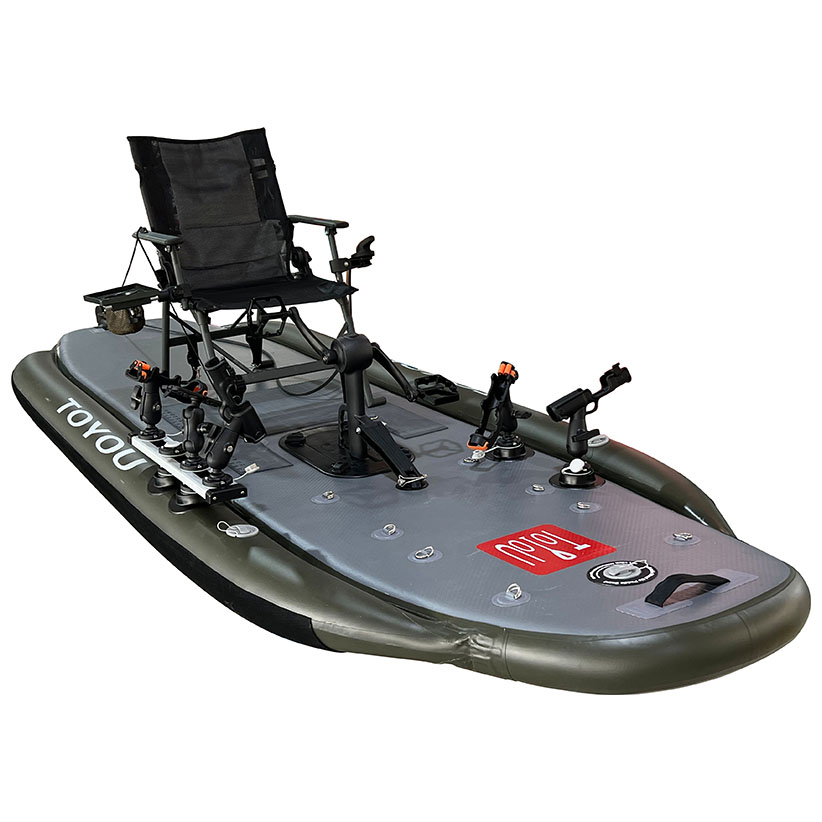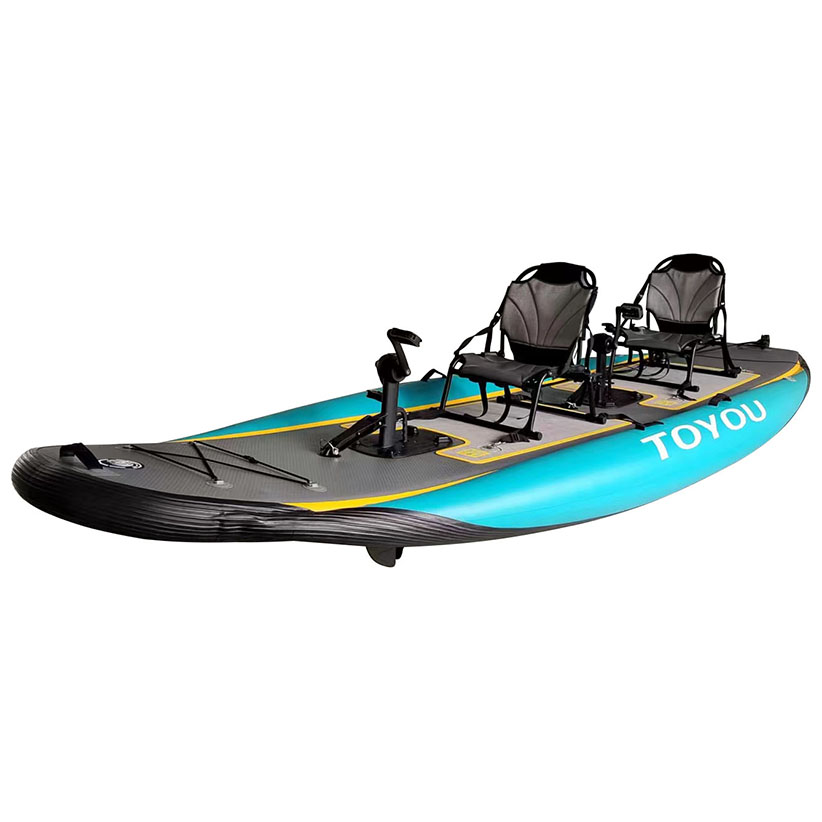Belly boats, also known as float tubes, are not as widely used for fishing in North America compared to other types of fishing vessels like kayaks, canoes, or traditional fishing boats. Several factors contribute to their relative lack of popularity:
Factors Limiting the Popularity of Belly Boats in North America
- Limited Mobility:
- Paddling Efficiency: Belly boats are propelled by fins worn on the feet, which makes them slower and less efficient compared to kayaks or canoes. This limited mobility can be a disadvantage, especially in larger bodies of water or when anglers need to cover significant distances to find fish.
- Comfort and Ergonomics:
- Seating Position: Anglers sit low in the water in a belly boat, which can be less comfortable over long periods compared to the elevated seating position in kayaks or boats. This position can also make it more challenging to cast and reel in fish.
- Storage and Capacity:
- Limited Storage Space: Belly boats generally have less storage space for gear, tackle, and catches. This limitation can be a significant drawback for anglers who need to carry more equipment or want to bring home larger catches.
- Weight Capacity: Belly boats typically have lower weight capacities, which can limit the amount of gear an angler can take with them.
- Safety Concerns:
- Stability: While belly boats are quite stable in calm waters, they can be less stable in rougher conditions. Their low profile and lack of freeboard (the height of the boat’s sides above the waterline) make them more vulnerable to waves and strong currents.
- Visibility: Being closer to the water level reduces visibility, both for the angler looking out and for other boaters who might not see the belly boat easily. This can increase the risk of collisions.
- Weather Limitations:
- Cold Water Exposure: In cooler climates, the lower half of the angler’s body is submerged in water, which can lead to discomfort or hypothermia. This exposure makes belly boats less appealing in cold weather conditions.
- Alternative Options:
- Availability of Better Alternatives: The rise in popularity of fishing kayaks, especially sit-on-top models designed specifically for fishing, has provided anglers with more versatile, comfortable, and efficient options. Fishing kayaks often come with features such as rod holders, ample storage, and improved stability, making them more attractive.
Specific Use Cases
While belly boats may not be as popular in North America for general fishing, they do have niche uses:
- Fly Fishing: Belly boats are still favored by some fly fishers for accessing hard-to-reach spots in smaller lakes and ponds.
- Shallow and Weedy Areas: They can be useful in very shallow or weedy waters where other boats might have difficulty navigating.
Conclusion
Belly boats have certain limitations in terms of mobility, comfort, storage, and safety that make them less popular for fishing in North America compared to other vessels like kayaks and canoes. While they still have niche uses, particularly for fly fishing in specific conditions, the availability of more versatile and efficient fishing kayaks has largely overshadowed their use.
For more information on the topic, you can refer to sources like Outdoor Life and Field & Stream.


